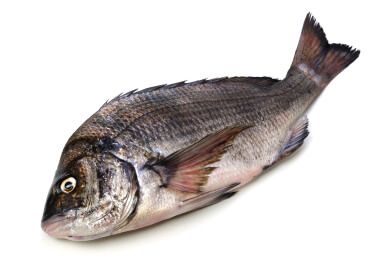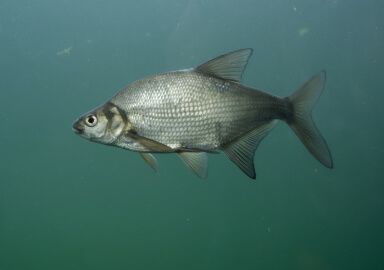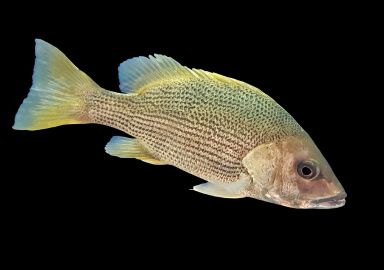Bream
Bream is a common name that may refer to many different species of omnivorous fish with a characteristic flattened body, found all over the globe.
View 25 listings
25
listings
–
price starting from
14
countries
–
to the nearest trip
Where and When?
Almost everywhere in the world you will find a fish that goes by the name of bream, including both freshwater and saltwater species. Those include but aren’t limited to Macquarie perch and black bream in Australia, king soldierbream and Taiwan tai in South-East Asia, Mozambique tilapia and gold-lined seabream in South Africa, and even a number of snappers such as lane snapper and Northern red snapper are vernacularly known as breams. The common bream is found in rivers and lakes of Eurasia, and the gilt-headed sea bream (Sparus aurata), also known as dorado because of the golden spot on its head, arguably the most important of the breams for both recreational and commercial fisheries as well as fish farming, inhabits the nearshore areas of the Mediterranean and neighboring waters of the Atlantic.
About Bream
In the beginning, there was the common bream (Abramis brama), a small to medium sized European freshwater fish with a characteristic tall, short, flattened from the sides, body covered in smallish silver scales. As Europeans traveled around the world, they gave the name to any fish that reminded them of the bream, and consequently most “breams”, even though they belong to different families, have something in common. Some are predatory, and some consume plant matter, but most are omnivorous and prefer molluscs, mussels, and crustaceans. A tall, flattened body of a typical bream is better suited to maneuvering through cover than to continuous movement at high speed, so you will hardly find a bream in a clear mountain stream or deep sea; most species prefer muddy, slow-moving rivers and nearshore areas.
How to Catch?
Many different tactics are employed by captains and guides to catch various species that go by the name of bream, but due to similarities in feeding habits and preferred habitat types, there are similarities as well. Freshwater breams are caught in slowly flowing rivers or lakes, usually by bottom fishing with natural bait such as worms. Saltwater breams, such as dorado, are typically inshore species dwelling on sandy or overgrown bottoms, or near structures, reefs and wrecks. They are adapted to a variety of feeding strategies, and thus can be caught both by bottom feeding and handline fishing, baited with shrimp or stripes of squid, and on an artificial lure by spinning, trolling or vertical jigging. Bream is seldom offered as the main attraction of a fishing trip, and is usually listed as one of the fishes you might hope to catch.











